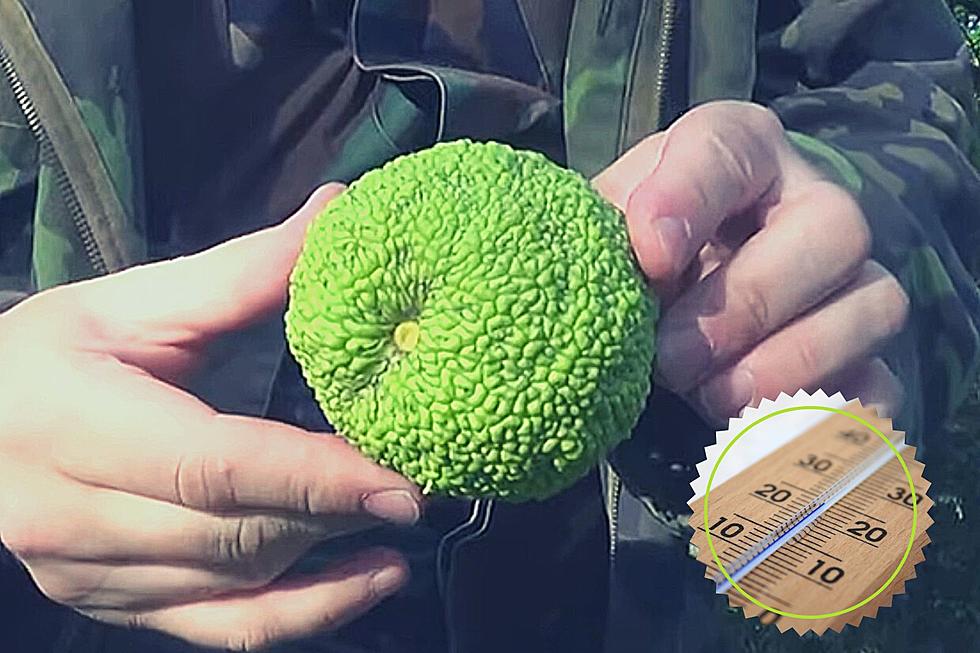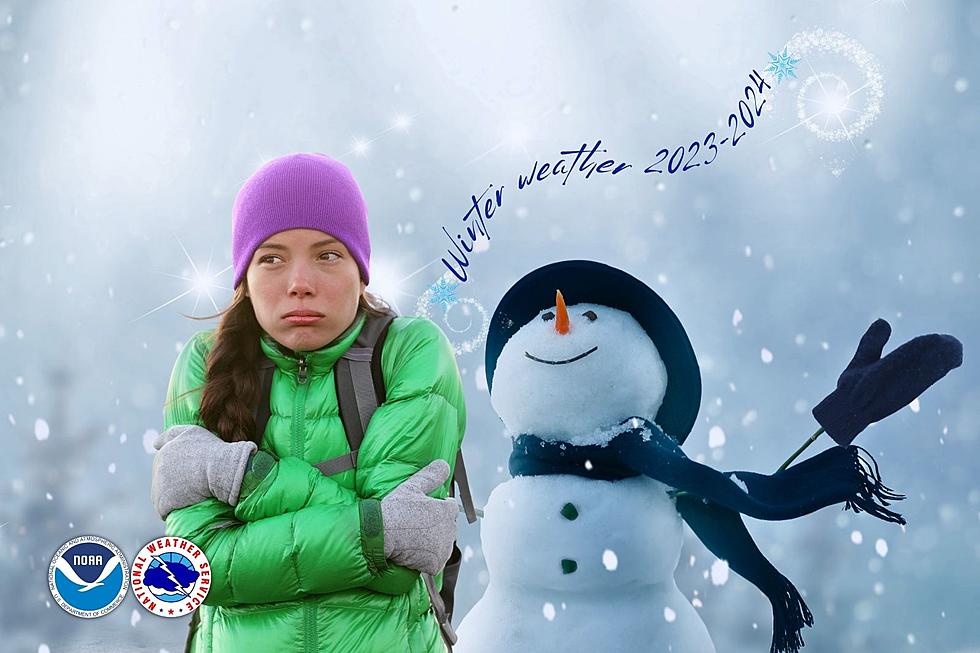
This Weird Fruit Is Another Way to Predict KY Winters
If you've stopped finding woolly worms, are fresh our of persimmons, and can't get the squirrels to sit still long enough so you can examine the fur on their tails, well, there's still ANOTHER way you can predict what kind of winter Kentucky is going to have.
But first, you may need to be introduced to this thing; I had to be. I have seen hedge apples before but did not know what they were. I certainly wouldn't have guessed that they are apples.
I appreciate this guy telling us we can't eat these, but I was way ahead of him. But I have to admit, they ARE fascinating. So, since we cannot eat this disgusting fruit filled with a "sticky latex substance"--good grief--it's a good thing that they DO serve a purpose. But it's a very folksy purpose, and it's really up to us whether or not we want to believe it.
But hedge apples are yet another way to predict the winter. In fact, as the Farmer's Almanac explains, there are three things to look for with regard to the hedge apple, or Osage orange:
According to regional folklore, there are three factors to consider. First, if hedge apples fall from the trees later than usual, it indicates a cold and snowy winter ahead. Similarly, if hedge apple trees bear more fruit than usual, it suggests a harsh winter. Finally, larger-than-normal hedge apples imply colder winter temperatures, while smaller ones indicate a milder season ahead.
Oh, by the way, the dude in the video recommends not eating hedge apples, but not because they're poisonous. They aren't. They just have an unpleasant texture and flavor. Neither factor, however, stopped Rinoa:
So remember, if you see really big hedge apples--and I wouldn't know if one was too big OR too small--then keep the extra heavy winter coats handy. If not, hang on to the fall clothing a little bit longer.
And one more thing, if you're inviting me over for some hedge apple pie and coffee...well...I'm busy that day.
[SOURCE: Louisville Courier-Journal]
LOOK: The most extreme temperatures in the history of every state
Gallery Credit: Anuradha Varanasi
LOOK: 20 American foods that raise eyebrows outside of the US
Gallery Credit: Charlotte Barnett
More From WBKR-FM









